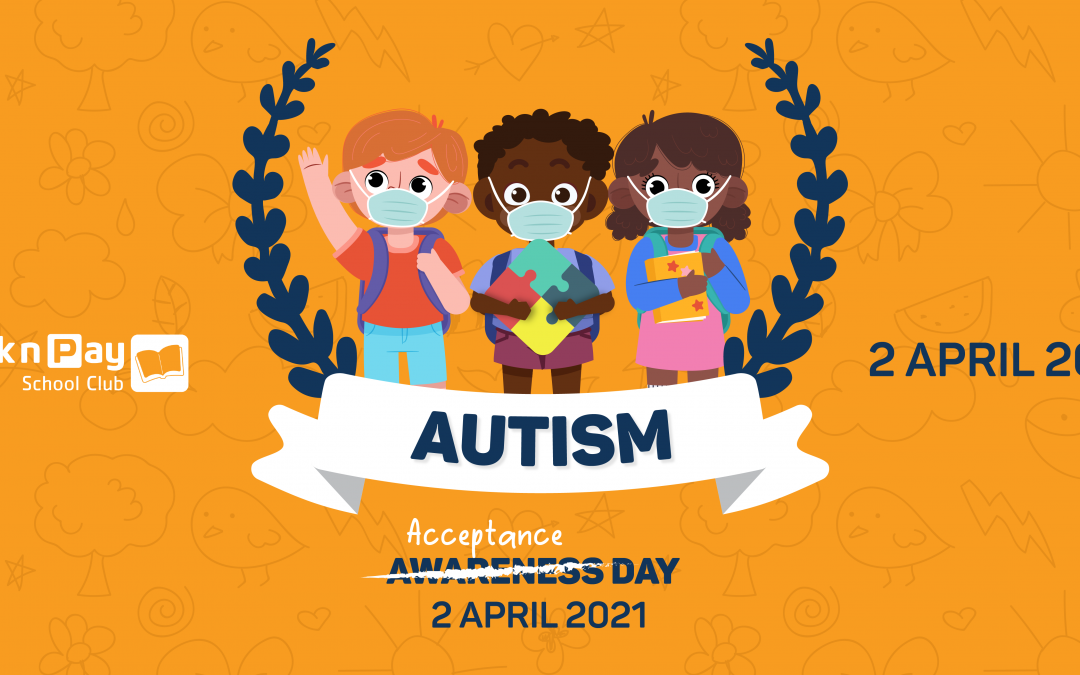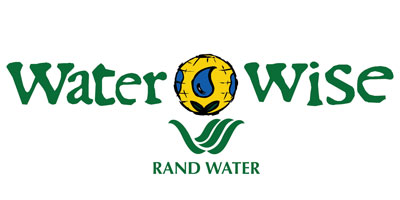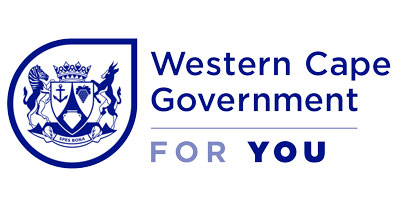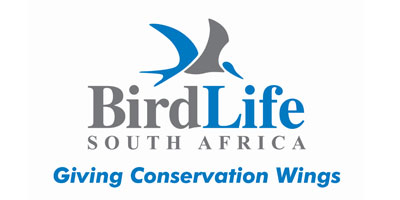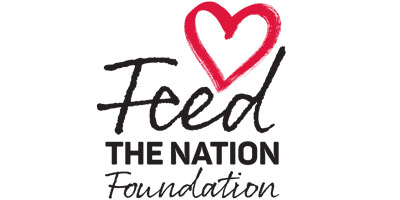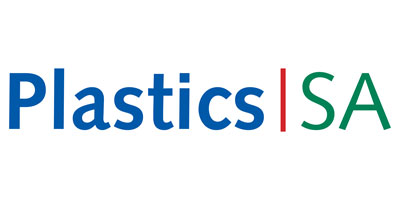The clinical term for autism is Autism Spectrum Disorder (ASD). According to Autism South Africa, autism is a complex group of neurodevelopmental disabilities. It is considered a spectrum as each person or child has different strengths, abilities and often require different types and level of support.
People with ASD are described by the DSM-5 Neurodevelopmental Work Group (APA, 2013) as tending to have communication and social deficits. Autism Spectrum Disorder is a lifelong, extremely complex developmental disability, which appears to occur as a result of multifactorial environmental triggers.
The onset of ASD is from birth but Generally, signs of autism start to be seen from around the ages of 18 months to 3 years of age.
What are the signs?
| 1. Language and Communication
* The development of speech and language may be abnormal, absent or delayed; * Minimal reaction to verbal input and sometimes acts as though deaf; * Facial expressions and / or gestures may be unusual or absent; * Repetition of words, questions, or phrases, over and over again. Endless monologues about their special interests, without adapting to the needs of the listener; * Words or phrases may be used incorrectly; * Production of speech may be unusual. A flat monotonous tone or inappropriate variations in tone are often noted; * Those who are verbal may be fascinated with words and word games, but do not use their vocabulary as a tool for social interaction and reciprocal communication; * Difficulties in starting and/or taking part in conversations.
|
2. Behaviour and Imagination
* Imaginative play may be limited or poor, e.g. cannot play with a wooden block, as if it is a toy car; * A tendency to focus on minor or trivial aspects of things in the environment, instead of having a full understanding of the meaning of the complete situation; * May display a limited range of imaginative activities, which you may well find have been copied off the TV etc.; * Pursues activities repetitively and cannot be influenced by suggestions of change; * Play may appear complex, but close observation, shows its rigidity and stereotyped pattern; * Unusual habits such as rocking, spinning, finger-flicking, continual fiddling with objects, spinning objects, feeling textures, or arranging objects in lines or patterns etc.; * Inappropriate use of toys in play; * Holding onto objects, e.g. carrying a piece of wool for the whole day; * Tantrums may occur for no apparent reason; * Changes in routine or environment, e.g. a change of route to the shops, or altering the furniture can lead to distress.
|
3 Social Interaction
* Little awareness of others, or of their feelings; * Poor or absent ability to make appropriate social contact; * The most severe form is aloofness and indifference to others, although most show an attachment on a simple level to parents or carers; * Indifference to or dislike of being touched, held or cuddled; * Difficulty in forming relationships; * In less severe forms, the individual passively accepts social contact, even showing some pleasure in this, though he or she does not make spontaneous approaches; * Prefers to play alone |
Other signs
* Little or no eye contact; * No real fear of dangers; * Abnormalities in the development of cognitive skills, e.g. poor learning skills or resistance to normal teaching methods; * Abnormalities of posture and motor behaviour, e.g. poor balance; * Poor gross and fine motor skills in some learners; * Odd responses to sensory input, e.g. covering of ears; * Sense of touch, taste, sight, hearing and/or smell may be heightened or lowered; * Bizarre eating patterns – food fads; * Unusually high pain threshold; * Crying or laughing for no apparent reason; * Self-injurious behaviour, e.g. head banging, scratching, biting; * Abnormal sleep pattern.
|
Table List of signs taken from Autism South Africa website: https://aut2know.co.za/)
Again, the symptoms of people with ASD will fall on a continuum, with some individuals showing mild symptoms and others having much more severe symptoms. Autism is a spectrum disorder. The symptoms and characteristics of autism can present themselves in a wide variety of combinations and not one person with ASD is affected in the same way.
What can I do?
If your child shows any traits of ASD, it does not necessarily mean your child has autism. You can visit a psychiatrist or specialized ASD paediatrician doctor for further assessment and diagnoses.
Seek help early
Although there is no way to completely cure autism there are ways to help children with autism to function better. On a global level, early detection and early intervention are basic requirements to treat ASD effectively. Interventions usually target social skills, behavior, language/speech skills and sensory integration (Malcolm-Smith et al., 2013). Enhanced public awareness is needed to prevent delays in the provision of such services.
A multidisciplinary team comprising ASD specialists, speech therapists, teachers, psychiatrists, and psychologists can work with the individual and their parents or caregivers for assessments and to provide support. Support measures include putting structure and routine into place e.g., managing sensory differences via occupational therapy, speech therapy for speech and communication difficulties, modified diet and medication.
Advocacy
The challenge of early detection and early intervention of ASD is exacerbated by limited expertise, including limited diagnostic and treatment resources. For instance, in South Africa, intervention services and specialized schools are insufficient and overwhelmed; lack of knowledge, multilingual standardized assessment tools are limited; and expertise across health care, mental health, social service and educational systems is limited (Malcolm-Smith et al., 2013). In some areas, parents may experience a social stigma for having a child with ASD (or other disability or mental illness).
The object of autism advocacy should not be a world without autistic people it should be a world in which autistic people can enjoy the same rights, opportunities and quality of life as any of our neurotypical peers.
The autism spectrum is defined as “pervasive” for a reason; while it does not represent the totality of what makes children who they are, it is indeed a significant part of them, and to pursue “normalization” instead of the quality of life forces children into a struggle against themselves.
In recent years, awareness campaigns have been key in supporting the experiences of individuals living with autism. However, greater awareness and understanding about autism spectrum disorders is still needed in our communities.
In honour of autism awareness month in April and world autism day on April 2, I urge everyone to learn about the importance of early diagnosis of Autism Spectrum Disorder (ASD).
Instead of saying “Autism Awareness month” rather we shift the reference to “Autism Acceptance Month”.
Chumani Poswa
BA Speech & Hearing (WITS), MSc in Early Childhood Intervention (UP)

